Getting Started:
- Managers and HR are key to building a team of productive workers who also exhibit behaviors in alignment with the company’s values and goals. Part of this goal is achieved through constructive discipline.
- When performed well, the discipline process can not only improve performance, but also build coaching relationships and increase morale.
- Hiring an employee is a big investment of time, money and energy. Failing to address performance means low morale from fellow workers and, of course, reduced performance overall. However, termination with no “lead-up” feels wrong to everyone involved and may just exacerbate morale issues. Progressive discipline is a tool to ‘coach up or coach out’ employees.
- Most employees are coachable. They need to know the expectations of their jobs, be provided with appropriate tools and support, and understand the results of lack of performance.
Key Fundamentals of Progressive Discipline:
Fundamental #1: Supervisor Feedback needs to be Immediate and Ongoing
In order to effectively correct employee behavior, corrective action must:
- be progressive
- consider past practice and equitable treatment
- meet the test of ‘just cause’
KEY POINT: The use of progressive discipline should never serve as a shortcut for supervisors who would rather lead ‘by the hammer’ as opposed to having difficult conversations along the way. In other words, there is no substitute for immediate and ongoing performance feedback.
The formal constructive discipline process (which varies by company) may include a verbal reprimand, a written reprimand, suspensions, and termination of employment. The degree of action taken must correlate to the seriousness of the offense and the employee’s record. Corrective action should be taken at the minimum level necessary to bring about correction of the problem. If the problem is not corrected, more severe action will be taken, up to and including termination of employment.
Fundamental # 2: Don’t Assume, Ask the Right Questions to Conduct a Root Cause Analysis
Before taking corrective actions, here are a couple of key immediate considerations:
- Has the employee received adequate training?
- Has the employee received adequate supervision and do they have suitable equipment?
- Is the employee’s performance being judged against reasonable job standards?
- Was the employee made aware of these standards?
- Was the employee warned of his or her sub-standard performance before more serious disciplinary action was administered?
- Were other employees with the same or similar work records treated in a consistent manner?
The questions above should be helpful in analyzing an employee problem and determining what, if any, corrective action might be appropriate.
The questions below are further intended to help both HR and the supervisor to remain objective in analyzing and administering progressive and constructive and corrective disciplinary action. “No” answers may indicate that more information, further analysis, or non-corrective action may be required. You should answer all of the questions before deciding on a plan of action.
For a Work Performance Problem – If the employee is not adequately performing the work assigned:
- Does the employee understand the expectations? – What to do? How to do it? Why to do it? When to do it?
- Does the employee have access to and know where to find written instructions or procedures, or how to receive proper training?
- Has the job changed?
- Has the supervisor discussed this problem with the employee to get an explanation?
- Have you considered any mitigating or aggravating circumstances which may affect the level of disciplinary action?
For a Behavior Problem — If the employee’s behavior is inappropriate/unacceptable:
- Does the employee understand what is considered acceptable behavior?
- Has the behavior been acceptable in the past?
- Has the supervisor set clear expectations regarding behaviors with the employee?
- Did the employee know or should he/she have known the rule or policy?
Fundamental # 3: There is no ‘Carved in Stone’ Approach to Handling Employee Disciplinary Issues
Each case is evaluated on its own set of facts, circumstances, and mitigating factors. While it is certainly true that you want to review how certain incidents and issues were handled in the past, you should use that history as guideposts rather than a mandate.
A commonsense approach to HR, requires you to consider mitigating factors before deciding on corrective action. Mitigation arises when something about the case justifies a lower penalty than the norm. Mitigation may take many different forms. Such factors should always be considered before deciding the penalty.
Typical mitigating factor examples may be (this list is not exhaustive):
- the employee was not properly trained
- performance expectations were unclear
- notice of a procedure or policy change was questionable
- cases of ill-health or conduct due to medication
- issues related to disability, for example where the condition can influence behavior
- provocation, for example if the employee felt provoked in some way
- exceptional pressures upon the employee
- serious personal trauma
- the employee may appear to have been acting out of character, particularly where they have an unblemished record
- the employee may have volunteered information about the misconduct and gives an explanation prior to any disciplinary action being started
Consideration of mitigating factors is of vital importance, particularly in cases where dismissal is a potential outcome. Mitigation should be taken into account when considering all penalties. It is important that the case is decided as proven before mitigation is taken into account and that no penalty is given until consideration of mitigating factors has taken place.
HELPFUL HINT: Find a Partner
While it is critical to respect confidentiality, it is often advisable to find a ‘partner’ in the HR field to bounce various scenarios around. An obvious choice for Catapult members is the Advice team. They have dozens of years of experience handling thousands of employee disciplinary situations. It only makes sense to draw from the experiences.
Fundamental # 4: Documentation is King
Let’s start with the most basic of documentation principles:
- The absence of strong documentation greatly increases the employer’s exposure to costly (and unnecessary) claims by the employee.
- The responsibility for completing such documentation lies primarily with the employee’s supervisor.
- HR’s key responsibilities relative to documentation include:
- Helping to create easy-to-use forms and processes to capture the appropriate information
- Training supervisors on the fundamentals and importance of solid documentation
- Ensuring that completed documentation is valid, appropriate, and will survive legal scrutiny
- Ensuring that such documentation is properly stored and secured
- It is strongly recommended that you keep a record of any relevant situations that occur once you have initiated the progressive disciplinary process. These notes should give all the necessary pertinent information (including when it was brought to the employee’s attention). The notes should be dated and signed and kept in the supervisor’s file.
- State only the facts that can be proven and/or have been observed. Cite the specific rule, policy, or standard violated, and disciplinary action being taken as a result of the employee’s actions. Stress the significance of the problem and the reason for the corrective action.
The documentation record typically has three parts: the present, the past, and the future.
- The Present. This section states the purpose of the corrective action and cites the specific incident or nature of the problem. In recounting the incident or problem include:
- what occurred and when
- how it affected the work activity
- the results of the investigation
- the employee’s explanation
- The Past. Because previous work history is relevant, this section reviews the employee’s work record, gives the history of related offenses (if any), and reminds the employee of previous disciplinary actions taken. This summary of past events demonstrates the progressiveness of the corrective action.
- The Future. Finally, the employee must have a clear understanding of the expected standard of behavior or performance, how this standard can be achieved, and the consequences of continued failure to meet these expected standards. Write in easily understood language, emphasize the “do” rather than the “don’t”, and focus on the future rather than the past. In other words, use a tone of correction not punishment.
Fundamental # 5: Exercise Professionalism when Informing the Employee
When informing the employee of the corrective action, both verbally and in writing, you should do so as soon as possible after the disciplinary decision has been reached. The purpose is to outline what is wrong, what corrective action is being taken, and what is expected in the future. HR leaders should work with the supervisor to help the supervisor to exercise professionalism.
Professionalism is demonstrated by the supervisor when they:
- keep close control of their emotions
- avoid the use of sarcasm or threats
- avoid getting into an argument with the employee, or losing their temper
- stick to the facts
- don’t make it personal
With the obvious exception of a termination of employment, the purpose of the disciplinary action is to correct a problem. The employee needs to leave this meeting knowing better conduct is expected.
Mistakes to Avoid
- Viewing the Progressive Discipline as Punishment: Progressive discipline is an opportunity to “coach up or out” an employee. In viewing the progressive discipline as punishment can bring adversarial attitudes and threats to the conversation. The purpose of progressive discipline is not to “threaten” the employee in to changing their behavior/performance but rather an opportunity to identify weaknesses and improve.
- Avoiding the Conversation: Disciplinary conversations can be emotional and tough-but the longer a manager waits to address a problem the worse it will be. An employee should never be “surprised” by disciplinary action and managers do not want to get to the point of frustration/resentment-making coaching difficult.
- Failing to identify the “Root Cause” of the issue: Maybe there are other factors that are impacting the employee’s behavior/performance. Dig deeper to identify these issues. If the manager doesn’t find the root cause of the issue the problem will not be resolved and coaching will be ineffective.
Key Questions to Ask
- Has the employee’s side of the situation been assessed? (Did you get a statement from them?)
- Did the employee know the rule or standard involved?
- Has the rule been enforced in the past?
- Does clear, objective information show the employee committed the violation?
- Has the employee violated the rule before?
- Has the employee had a history of other violations?
- Is the discipline consistent with other similar violation situations?
- Does the disciplinary action reflect any bias against the employee?
Written by a Catapult Advisor.

